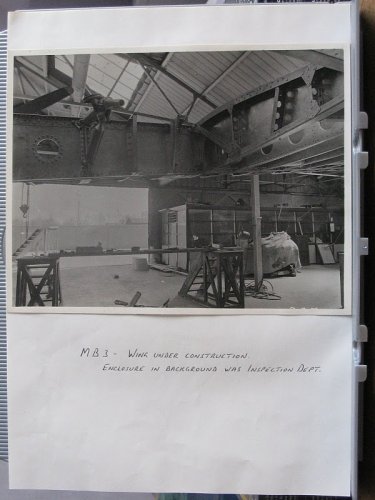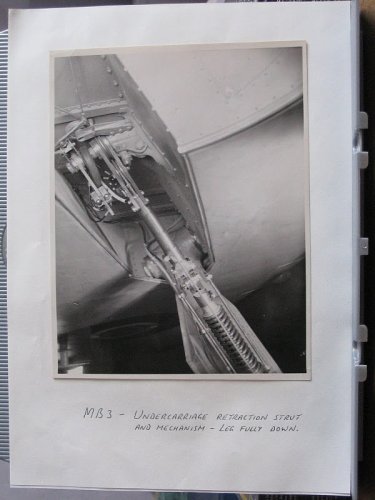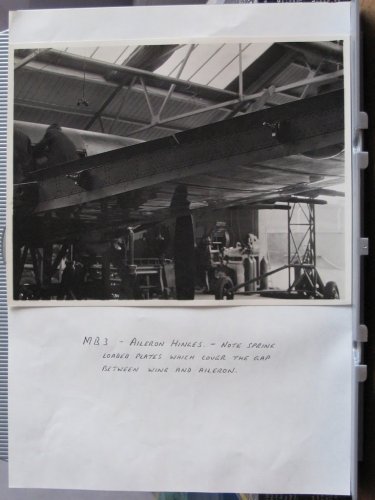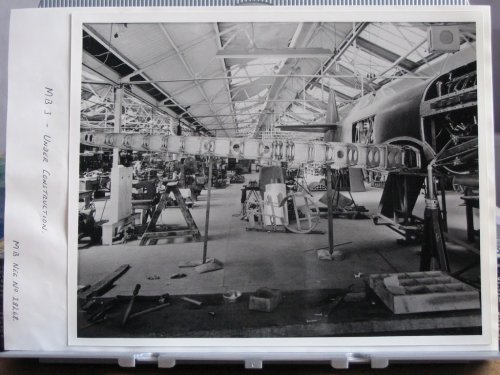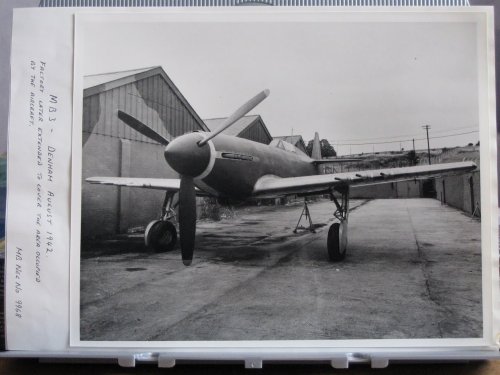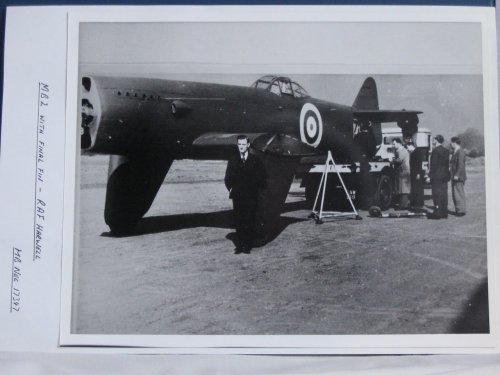Re: Martin-Baker M.B.3
Low aspect-ratio wings (shorter span, wider average chord) mean stronger (for the same weight) or lighter (for the same strength) structures for a given construction method and material. Maneuverability may also be improved, especially roll rate, because of inertial effects, i.e. it's easier to move a mass (the wing) closer to you than one further away.
If thickness is increased proportionally with the broad chord, as is often the case, the impact on structure weight is even greater. There are also advantages in terms of space in the wings to concentrate other masses like fuel and weapons closer inboard in magnify the inertial effect and therefore responsiveness.
The downside is increased induced drag for a given area which can reduce performance, especially cruise efficiency and performance at high altitude which are especially affected by induced drag. High-speed factors (compressibility at near-supersonic speeds) are also worse with a thick wing.
Look at the various Miles designs for another proponent of thick wings, or compare the Hawker Typhoon and Tempest.
Cheers,
Matthew
